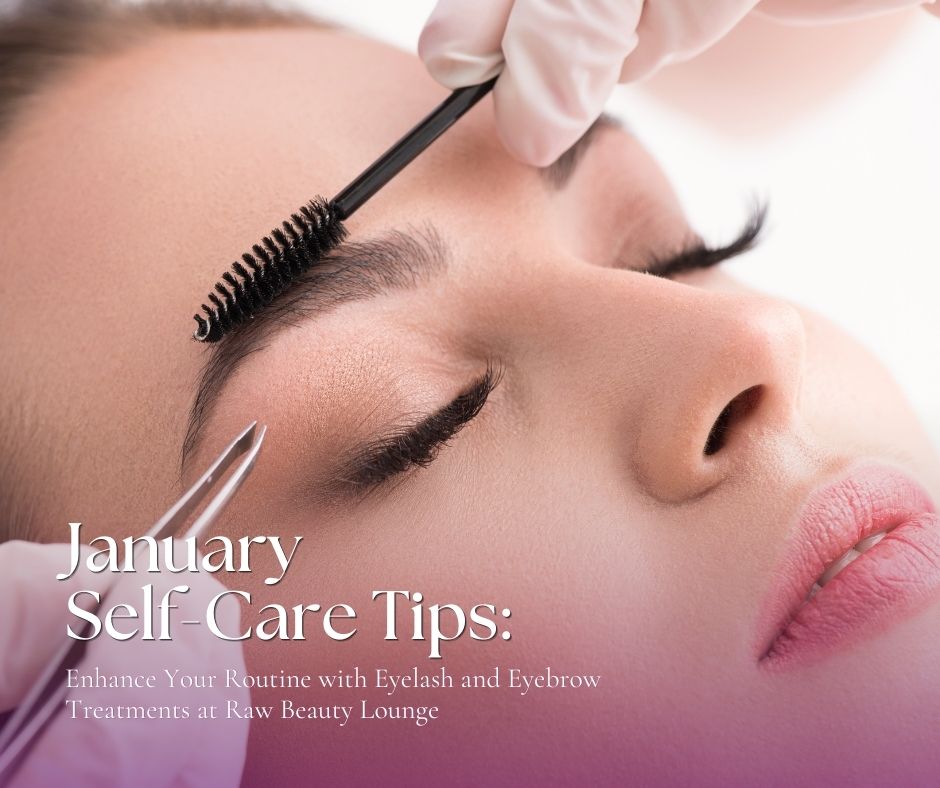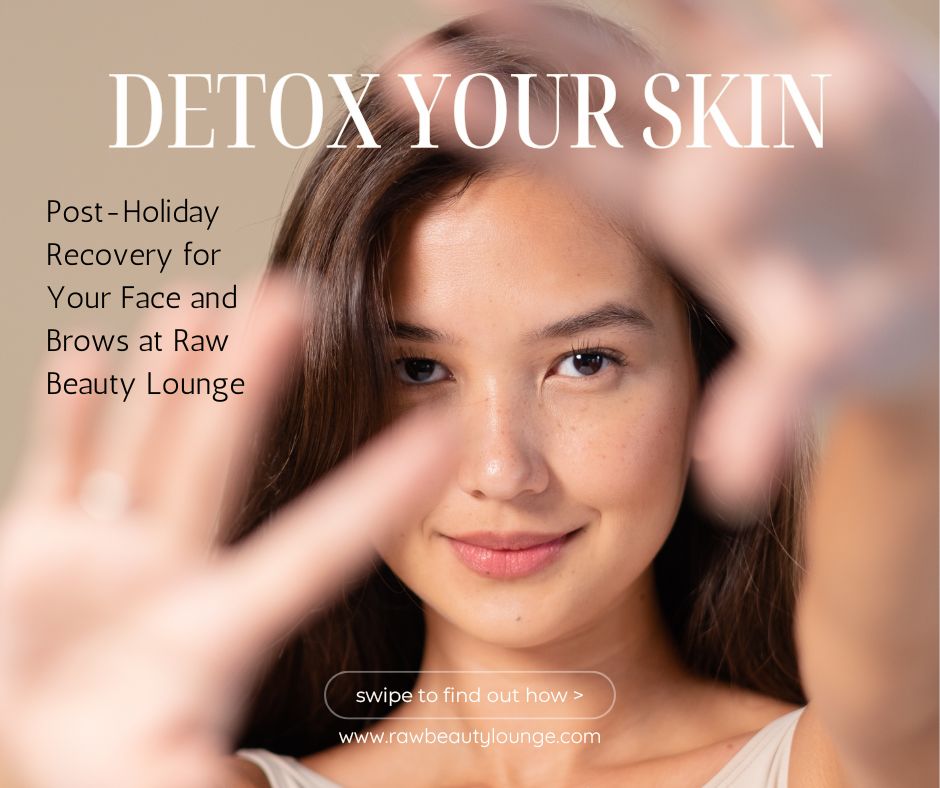
There are lots of health effects to swimming. It’s the perfect mix of both aerobic and anaerobic exercise. It gets your heart pumping and the blood flowing while training your muscles to work stronger, faster, and harder. With regular swimming exercises, your body will be well on its way to being the best version it can be!
Or perhaps not entirely the best—swimming can have some pretty weird effects on our bodies. Keep on reading to find out what they are and also how to prevent them.
1. Hair Turns Lighter and Greener
A lot of chemicals go into swimming pools to clean them and protect them from harmful bacteria.
One mineral used for swimming pool cleaning is copper. It’s a tougher option since it kills more bad guys than chlorine does. They kill viruses, bacteria, and tougher things like black algae too. They are also more convenient because they don’t affect the skin and eyes as much.
A downside to copper ionizers, however, happens when the copper oxidizes. They bind to the proteins in your hair and turn them green. This happens regardless of hair color but is most noticeable with light-colored hair.
Chlorine is the most commonplace cleaner. It can get pretty aggravating because of its bleaching effects that dry out the hair and skin when we’re swimming. On top of that, it also lightens the hair! This, too, happens with any hair color. So, make sure to take great care of your hair out of the swimming pool to prevent any damage.
2. Skin Smells Like Chlorine
Speaking of chlorine, chlorine sticks to your skin like an octopus! Swimmers often complain about how the smell of chlorine prevails even after multiple showers. Heck, sometimes you’d think the chlorine smell had finally disappeared before discovering some of it still stuck in your sweat pores!
If you’re sensitive to the smell of chlorine, the best thing to do is limit how much you swim. Don’t give it much opportunity to stick to your skin!
If you want to keep swimming, however, the next best thing to do is always rinse with fresh water every time you leave the pool—not just when you’re done swimming. Furthermore, when you’re doing your post-swim shower, consider using a gentle cleanser to rub the chlorine away from your pores too.
3. Swimmer’s Knee
Swimming is famous for being very easy on the bones and joints. Indeed, many people recommend swimming or any other variation of water sports for muscle-building, physical therapy, and recovery from injury. However, if you do the same move repeatedly and with improper form, this can lead to injury.
Swimmer’s knee is caused by overexertion of the knee. This happens when the femurs (thigh bones) are required to rotate outward. Since the hip often cannot rotate this far, the pressure is on the knee to keep the legs pumping. It can be very painful.
To minimize the risk of swimmer’s knee, please have variety in your strokes. Don’t do the same strokes, particularly the breaststroke, over and over again. You should also exercise the muscles around the hips and knees to strengthen them and the joints around them.
4. Hyperthermia
You might think that a quick dip in the pool is the perfect way to cool off on a hot day, but sometimes even the swimming pool can be too hot for you. When you’re swimming intensively, your body is trying to release heat from the body. If the water around you is just as hot as your body, you risk suffering from heat exhaustion. This can lead to cramps, heat rashes, and heat strokes.
So, check the temperature of the pool first before hopping in. Refrain from using outdoor pools at the height of the day when the sun is blazing.
If you can’t check the temperature beforehand, monitor your body as you swim laps. Is your skin reddening? Are you thirsty? Does your head hurt? Are your muscles cramped? If so, hop out of the water as soon as you can and get the fan going.
5. Wrinkly Fingers and Toes
Did you know that the direct cause of wrinkly fingers and toes still hasn’t been fully understood? Some scientists say that it’s an evolutionary tactic—it strengthens our grip even if everything is slippery with water. But this is all just hearsay for now.
Our skin is coated with a natural oil called sebum that makes the skin feel much softer and smoother. It also makes it a tad waterproof. However, the sebum washes away the longer you’re in chemical-infested water. In theory, this should make your skin puff up from absorbing too much water—instead, it wrinkles. This is what scientists still do not understand!
Don’t worry too much about wrinkly fingers and toes. They’re temporary swimming effects and start going back to normal as soon as you’re dry.
6. Swimmer’s Ear
Viruses and bacteria can still fester in swimming pools, even with the most stringent of cleaners. It’s easy to wash and rinse them off when the skin is easily accessible, but if they’re logged inside your ear, things can get pretty nasty. The germs can populate quickly and cause what’s called swimmer’s ear.
Swimmer’s ear is characterized by itchy ear canals, redness, and earaches. If the symptoms persist or get worse, you’ll have to go to the doctor and get your outer ears cleaned. They’ll also prescribe eardrops to help kill the infection. You need to do this quickly before ear damage is permanent.
To prevent swimmer’s ear, you should always tilt your head to the side and drain excess water. Then, clean your outer ear with a soft towel. Please refrain from touching your inner ear canal. The skin is very sensitive, and you’re actually more vulnerable to swimmer’s ear if you touch the inside part.



